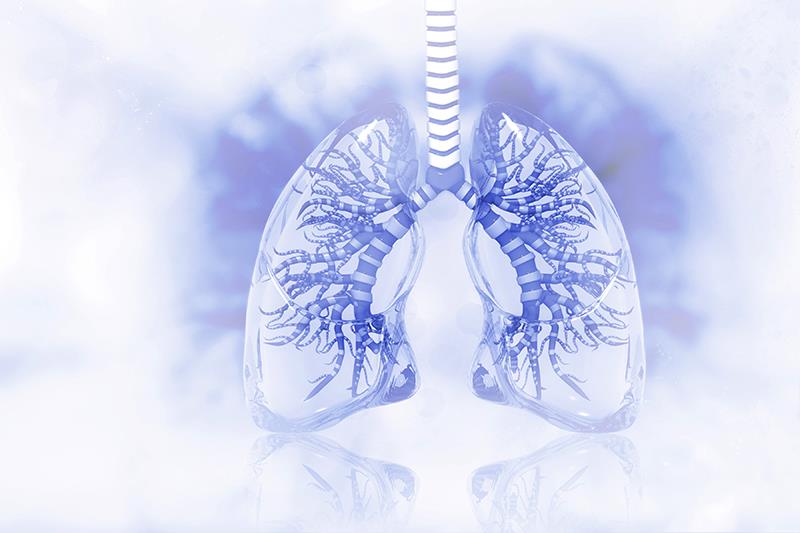Pamrevlumab fails to show benefit for IPF





The human monoclonal antibody pamrevlumab fails to deliver benefit for patients with idiopathic pulmonary fibrosis (IPF) in the phase III ZEPHYRUS-1 trial.
“Pamrevlumab did not demonstrate a statistically significant benefit compared with placebo [and thus failed to] meet the primary efficacy endpoint,” said Dr Ganesh Raghu from the University of Washington, Seattle, Washington, US, at ATS 2024.
The forced vital capacity (FVC) at week 48 in both treatment arms dropped from about 2,400 to 2,300 mL. The least squares mean change in FVC in the pamrevlumab arm was -260 mL, while the corresponding change in the placebo arm was -330 mL, yielding a mean between-group difference of 70 mL (p=0.29). [Raghu, et al, ATS 2024]
Both the pamrevlumab and placebo arms had similar rates of treatment-emergent adverse events (AEs; 88 percent vs 86 percent) and treatment-emergent serious AEs (28 percent vs 34 percent). According to Raghu, most AEs were mild and aligned with the known clinical course of the disease.
Concerns with current antifibrotics
Although current antifibrotics for IPF reduce the rate of lung function decline, these are not without adverse effects, Raghu said. “Individual responses are also variable and unpredictable.”
The team randomized 356 participants (mean age 70 years, 72 percent men) 1:1 to either IV pamrevlumab 30 mg/kg or placebo Q3W for 48 weeks. Over half of the patients have previously received antifibrotic treatment. Mean FVC was lower in the pamrevlumab vs the placebo arm (2,367 vs 2,416 mL).
Of note, some participants added antifibrotics (nintedanib and/or pirfenidone) to their regimen during the trial. This, according to Raghu, may have driven the negative results. “The prespecified protocol allowance for site investigators to add antifibrotic treatments – in keeping with standard of care – to pamrevlumab during the study period may have affected disease progression.”
He added that the study population had a longer IPF duration and more advanced disease than the cohorts of other pamrevlumab studies. [Eur Respir J 2016;47:1481-1491; Lancet Respir Med 2020;8:25-33] “[Also,] the desired absolute change of ≥10 percent in FVC as a standalone endpoint should be interpreted with caution in the context of concomitant antifibrotic use.”
Nonetheless, ZEPHYRUS-1 was a well-conducted trial with a large diverse population and a low attrition rate. Apart from using machine learning to quantify imaging of fibrosis as a prespecified endpoint, the trial aligned with the US FDA recommendations advocating the use of patient-reported and quality-of-life outcomes on top of objective IPF measures.
“[The study also] emphasized the tolerability and feasibility of long-term Q3W IV IPF treatment,” Raghu said.
New Tx alternatives warranted
Despite the negative findings, these could be informative for planning future trials. Given the high mortality rate tied to IPF, Raghu underlined that new treatment options are ‘urgently needed’.
“Considering the ethical need to allow approved antifibrotic medications as an evolved standard of care for IPF patients, the expectation of slowed disease progression as defined by the rate of FVC decline alone may be insufficient to capture all clinically meaningful changes in IPF,” Raghu said.
He added that future trials should consider evaluating multiple endpoints to ascertain treatment response and efficacy.